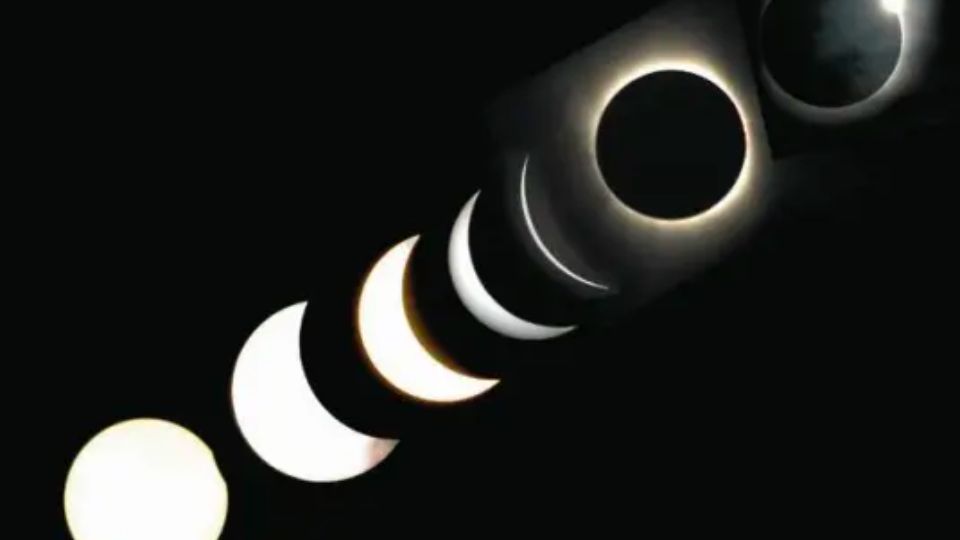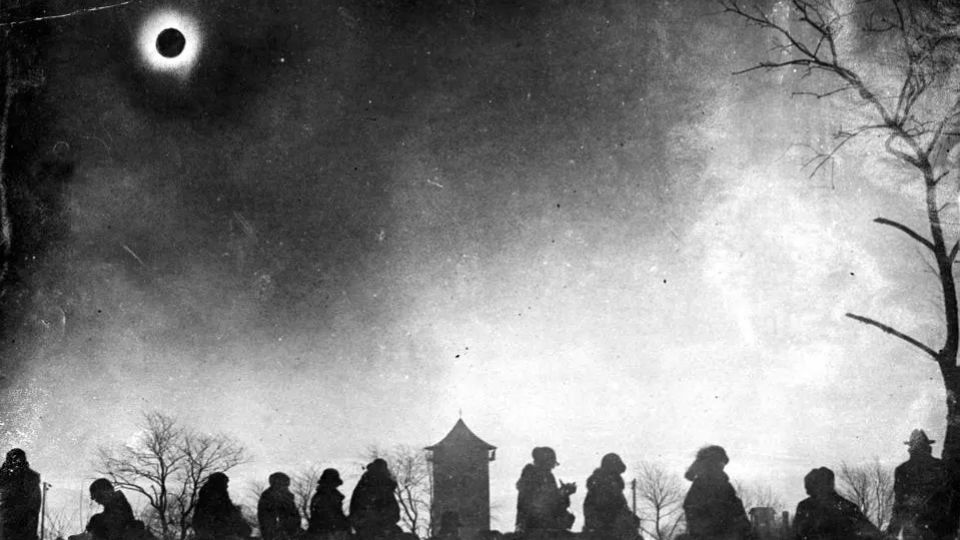In just 75 days, an extraordinary event will take place in North America. A total solar eclipse will cast a rare darkness upon parts of 15 U.S. states, as well as sections of Mexico and Canada. This phenomenon will occur during the day, captivating the attention of many.
In a significant event that took place 99 years ago today, on January 24, 1925, a momentous total solar eclipse occurred in the northeastern United States. This celestial phenomenon caused a division among the residents of one of the world’s largest cities, creating distinct groups of eclipse observers and those who missed out on this extraordinary spectacle. Notably, a similar occurrence took place more recently on August 21, 2017.
On that day, a total solar eclipse occurred shortly after sunrise, visible from various locations including Minnesota, Wisconsin, Michigan, Pennsylvania, New York, Connecticut, Massachusetts, and Rhode Island. In New Haven, Connecticut, the total solar eclipse lasted a remarkable 2 minutes. However, it was the events that unfolded in Manhattan, New York City, that truly captured the world’s attention.
City Divided
On that day, a total solar eclipse could only be witnessed from within a narrow path of totality, measuring 103 miles in width. According to GreatAmericanEclipse, millions of people witnessed the event in the New York metropolitan area and the northeastern U.S. on a day that was both brilliantly clear and freezing. In that moment, it was poised to become the most watched solar eclipse ever recorded.
According to History Net, there were seven scientists on board the USS Los Angeles, a U.S. Navy airship. The airship was equipped with 500 pounds of telescopes and other skywatching gear. According to Space.com, a total of 26 airplanes surrounded it, while in Manhattan, 149 volunteers meticulously surveyed Upper Manhattan block by block and provided detailed reports to scientists. It was intended to verify the southern boundary of the path of totality.
Also Read: DOD Takes Aim at ‘Forever Chemicals’ Again Around Michigan Military Base
Wrong Calculations
The predicted boundary for Manhattan’s division was set at 83rd Street. People in the southern regions were expected to witness a total solar eclipse, while those in the areas below would only experience a partial eclipse. There is a stark contrast between the two events. During totality, darkness envelops the day, providing a unique opportunity to witness the sun’s corona without any visual aids. Viewing a partial solar eclipse, even when almost the entire sun’s disk is covered, requires the use of solar filter glasses. There is no darkness, no sign of the corona virus.

At the scene, it was discovered that 96th Street served as the dividing line, and the eclipse occurred four seconds behind schedule. Observing the total solar eclipse on April 8 from cities like San Antonio and Austin, Texas, presents a valuable lesson for enthusiasts. These cities will be situated right on the boundary between experiencing totality and not experiencing it.
History Repeated
In a remarkable celestial event, several cities are set to witness totality once more after a gap of nearly a century. The last time these cities experienced this phenomenon was back in 1925. Now, in just 75 days, they will have the opportunity to witness this awe-inspiring event once again.
Rochester, New York is one of them. “The eclipse has been a topic of discussion since 2012, with even our main newspapers mentioning the upcoming eclipse as early as 1925 during the last total solar eclipse,” stated Dan Schneiderman, Eclipse Partnership Manager at the Rochester Museum & Science Center, during an interview.
Rochester has recently released tickets and unveiled the initial lineup for the highly anticipated ROC the Eclipse festival, set to take place at the prestigious Rochester Museum & Science Center. In 1925, Rochester was on the brink, but come April 8, it will find itself in the path of a 3 minutes 40 seconds total solar eclipse.
“Many shared experiences, such as Covid-19 or 9/11, are often characterized by their negative impact,” Schneiderman stated. “We aim to create a memorable and positive shared experience for individuals, allowing random strangers to engage in conversations about their whereabouts during the total solar eclipse,” said the spokesperson. This upcoming event in Rochester is a rare occurrence, with the next one not happening until 2144. It presents a unique opportunity for the residents of Western New York, as well as millions of people in the 15 fortunate U.S. states.



Leave a Reply